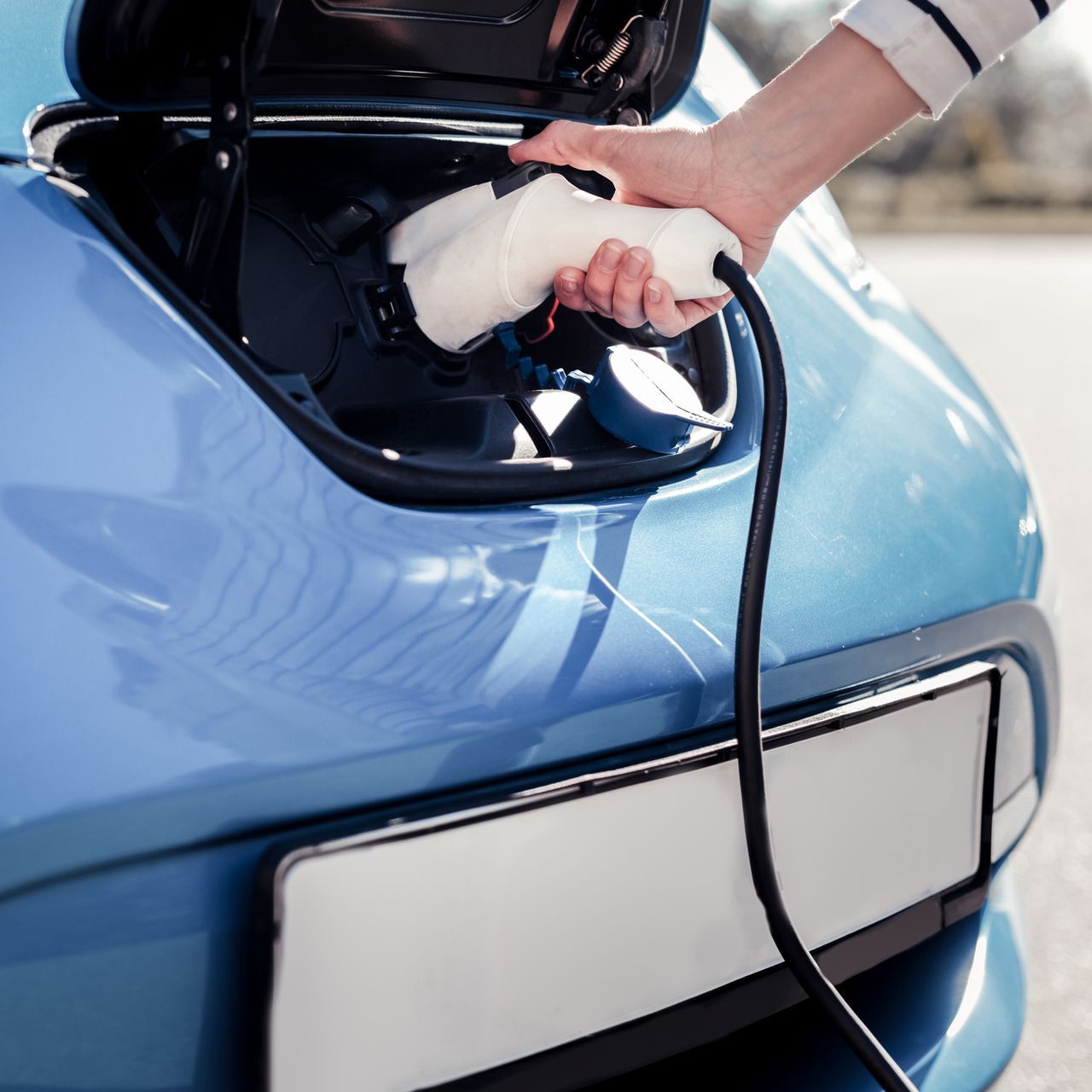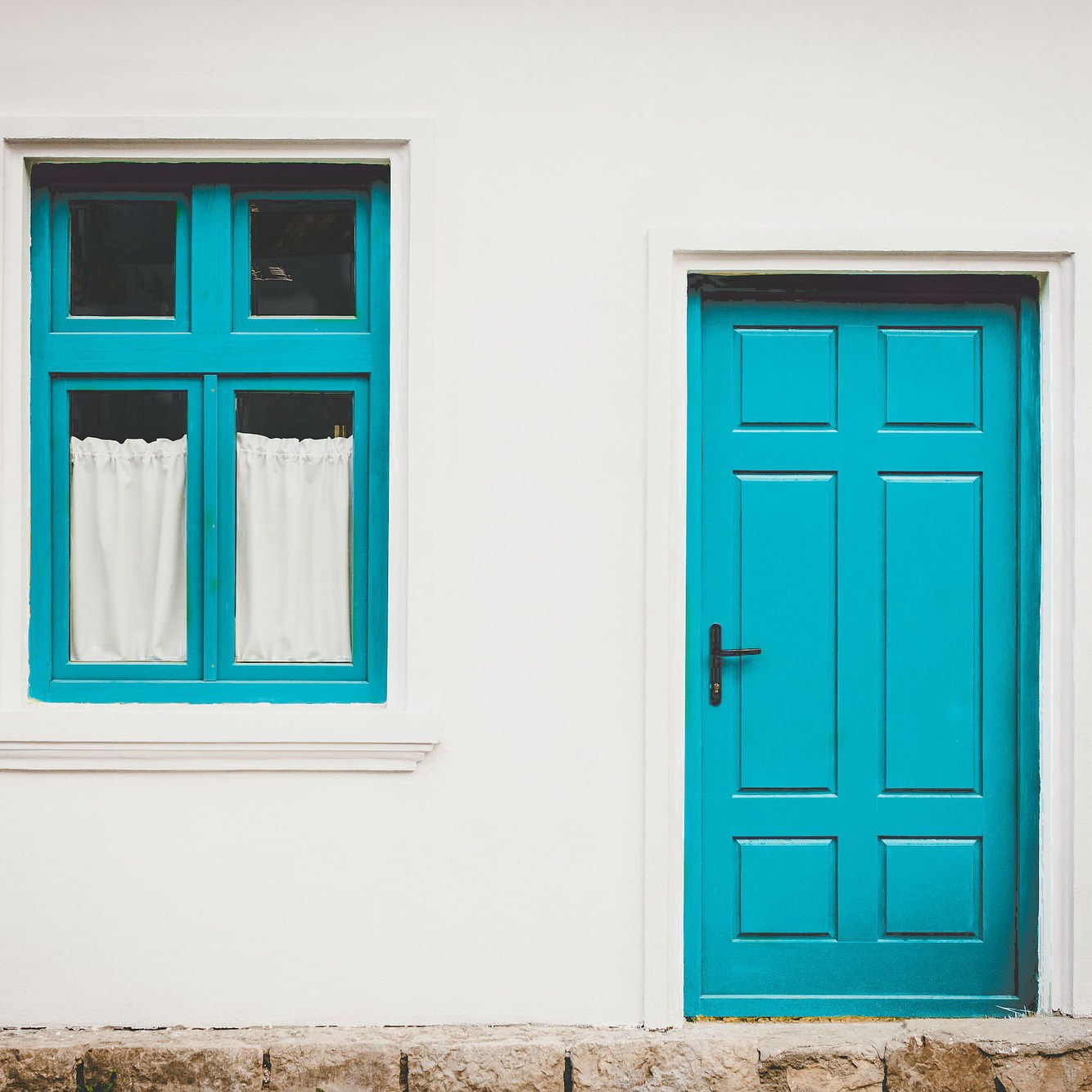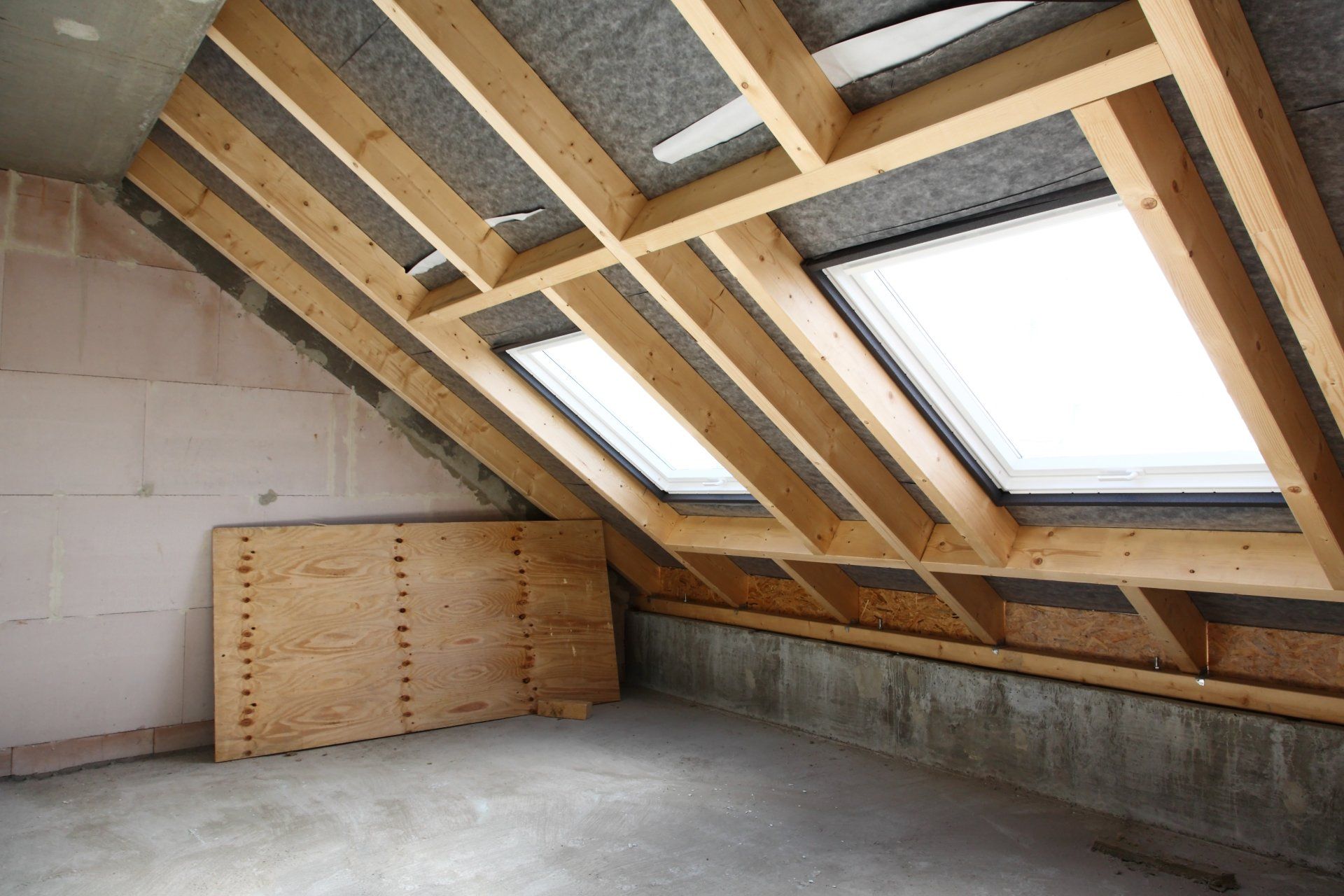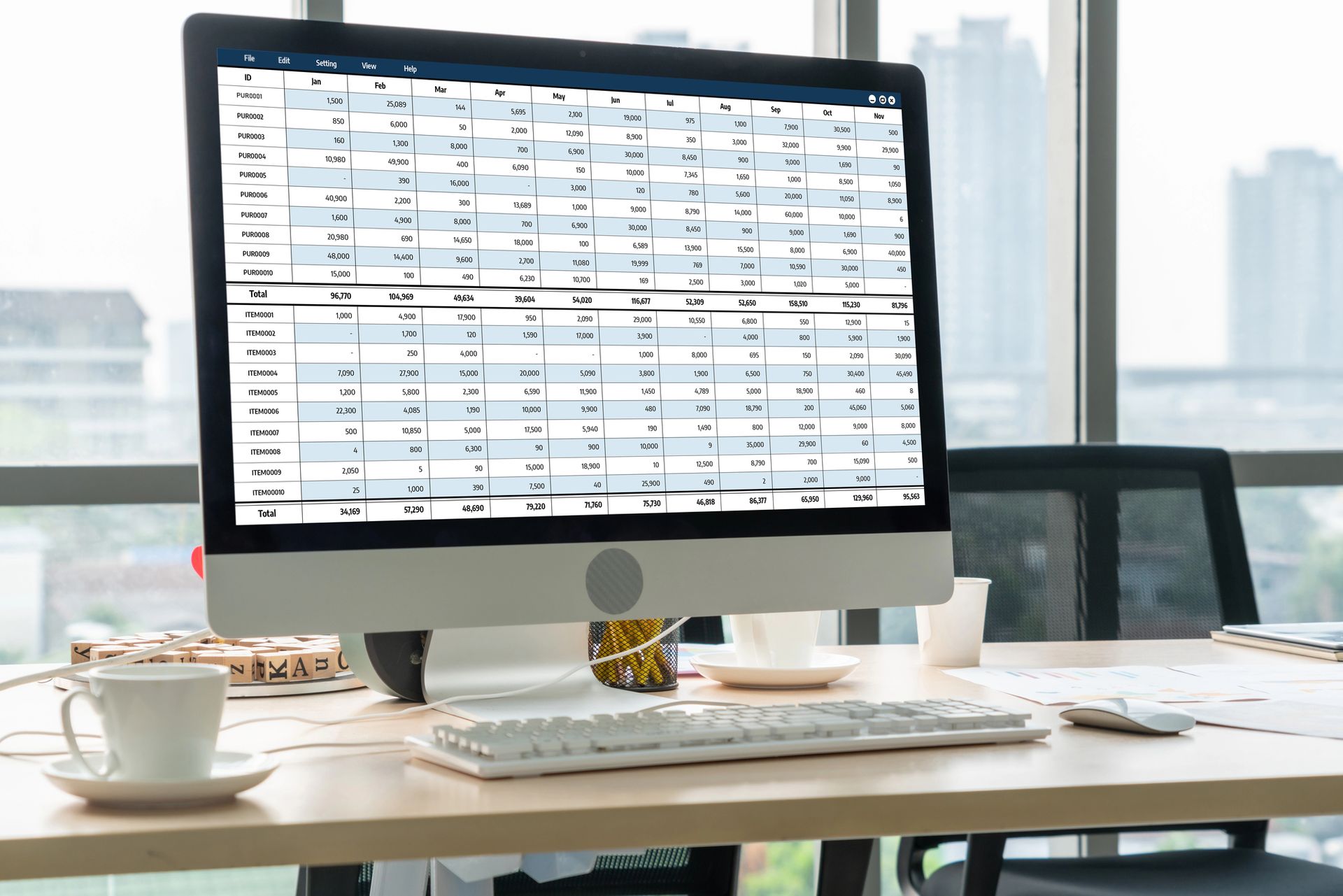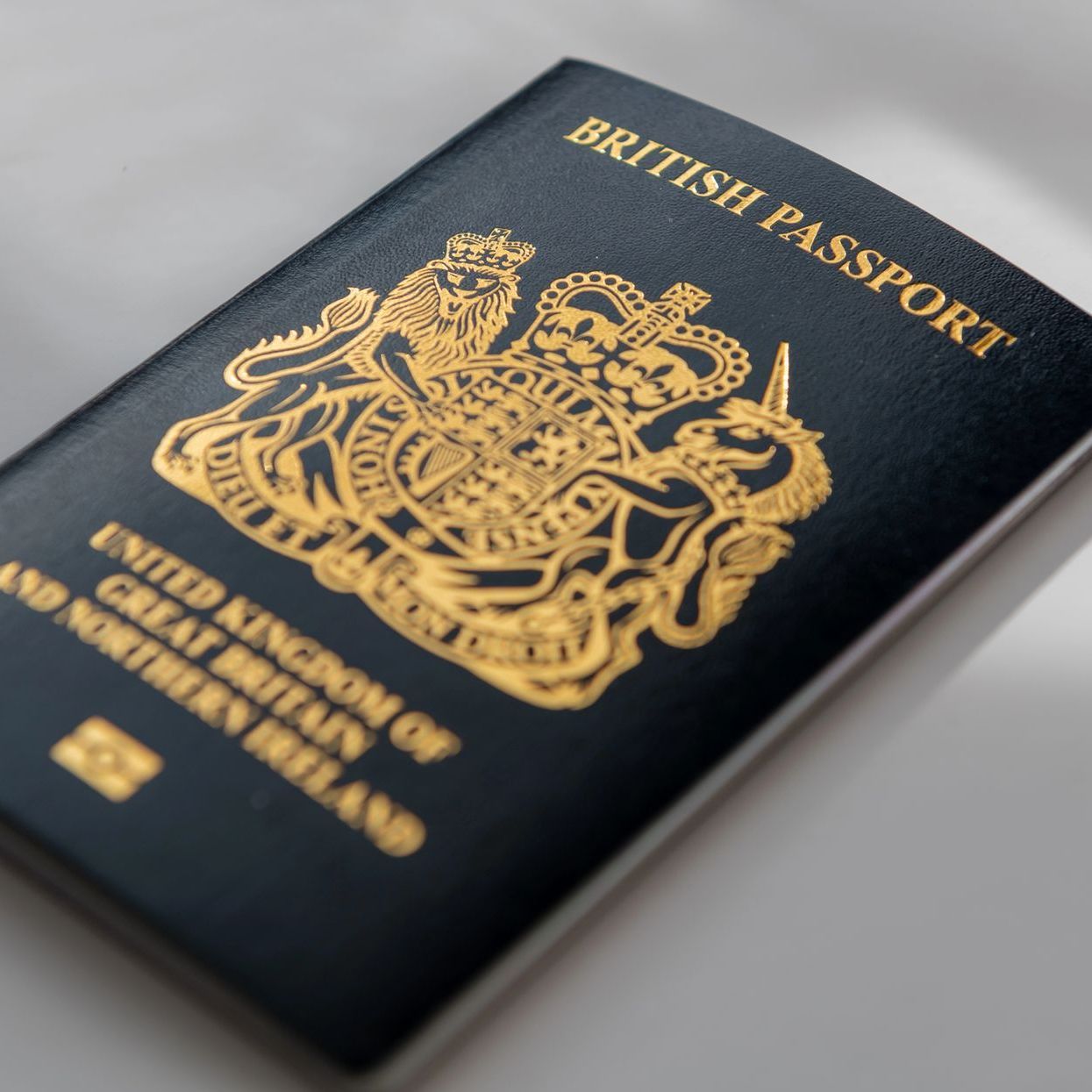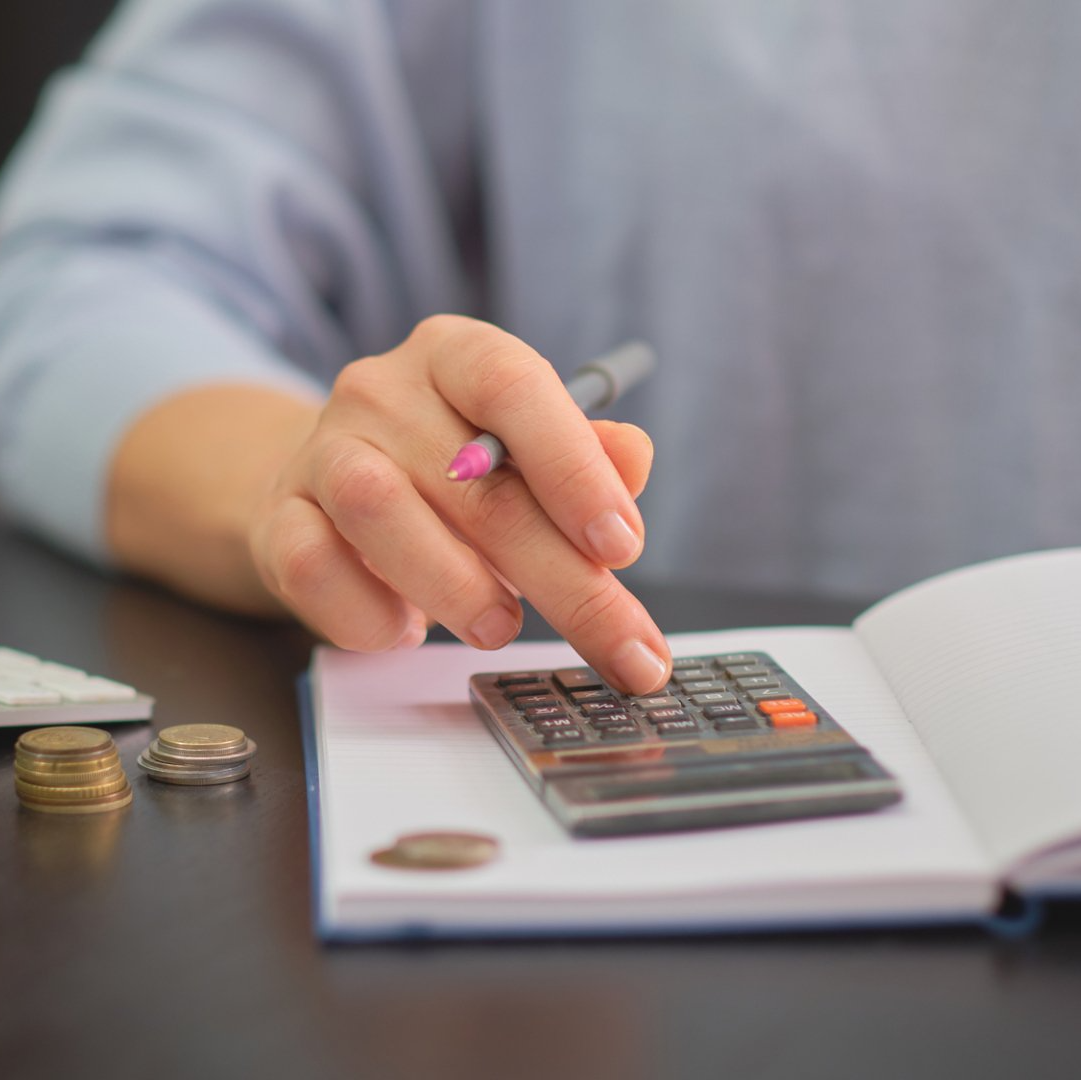Can I claim the cost of my loft conversion in my tax return?
A few of my sole trade clients have started businesses on their own property, either building in their garden or converting part of their house. What costs can you claim as deduction when sole traders set up their premises in this way?
As previously referred to when we discussed traininga couple of weeks ago, when you’re a sole trader all your business expenses need to be wholly and exclusively for the business and revenue in nature. As with the initial training costs, the problem with purchasing business premises, or improving on a property you already own so that you can use it for the business is that the cost is capital in nature. Again, the improvements to the property create an enduring asset in the business. This time it’s one that is more easily measured and can subsequently be sold on, potentially at a profit. Of course, this brings the further question of Capital Gains Tax into consideration as well.
First of all, you need to decide whether you have invested in a building or a structure. Generally, a building is immovable. If you invest in a structure that is not only designed to be moved but periodically it is moved, then it is easier to argue that the structure is not a building but qualifies as plant and machinery. If this is the case, you would be able to claim capital allowances against it. Capital allowances are deductions from your taxable profit to reflect the use of an asset in your business over time.
Can’t I claim any deduction for my building costs?
Once you decide that you have a building rather than a structure, we need to analyse the spend a little further to decide which items that go inside the building do meet the definition of plant and machinery and therefore do attract capital allowances. Fixtures & fittings, equipment and machinery that you house in your new building and use in your business all qualify for capital allowances. Some features that may be integral to the building such as lifts, heating systems, air-conditioning systems, water systems, electrical and lighting and solar panels will also qualify for capital allowances, albeit at a lower rate than your equipment.
When do I get the tax benefit of my building up an enduring asset?
The chances are that the addition of a loft conversion or a garden room will add value to your home. If you end up having to pay Capital Gains Tax on the property, you can deduct the cost of improving your property from your gain, reducing the amount payable. This will probably only make a difference if you lose some of your Principal Private Residence relief on your property buy having an area that is solely used for the business. If possible, try and ensure any parts of your home that are used for business are also used for other activities such as a music or reading room, arts and crafts room or bedroom. This way your Principal Private Residence relief will extend to the whole property and no Capital Gains Tax will be due.
Have you constructed a smart building?
Recently there have been cases of buildings being so technologically advanced that there are feature that are so inter-dependent with the operation of the activities inside the building that they do qualify as plant. The example given by HMRC is that of glasshouses built on sophisticated farms that automatically adjust the internal environment to optimise conditions for the crops contained inside. Please note that loft conversions and garden rooms definitely don’t fall under this category.
Can I claim the cost of renting a space for my business?
If you rent a property solely for business purposes, there is no enduring asset built up in the business. The rent is therefore a revenue expenses and an allowable deduction in your self-assessment return.
